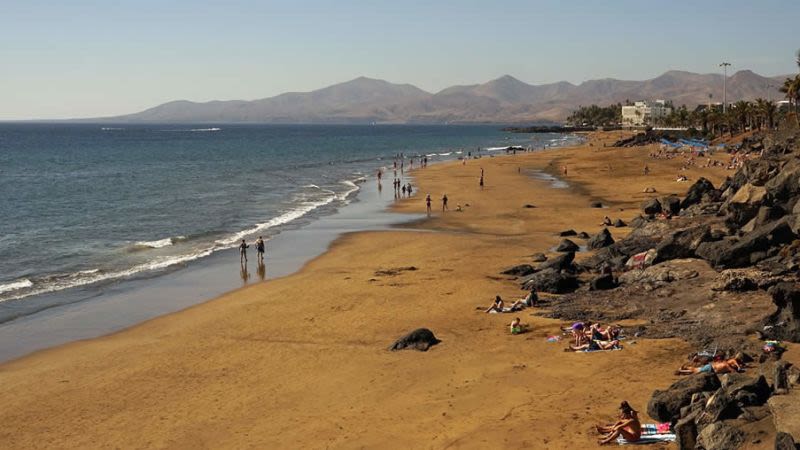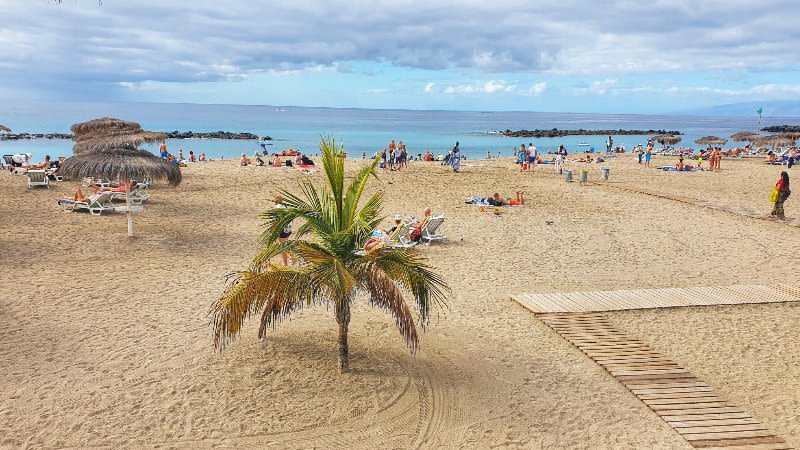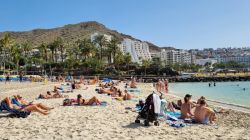The eruption on La Palma has officially ended after 85 days and 8 hours

It was officially announced today that the volcanic eruption of La Palma that began on September 19 at 3.11 p.m. in the Cumbre Vieja area has ended on December 13 at 10:21 p.m., which means that the volcano has erupted for 85 days and 8 hours, which makes it the longest eruption since historical data about eruptions have been recorded on the island.
"The eruption is over," highlighted the director of PEVOLCA Plan, Julio Pérez, in an appearance before the media held this Saturday, December 25. Pérez insisted that, after the ten days decreed as necessary in order to declare the eruptive process as finalized, it has been verified that the tremor has disappeared, the seismicity is of low magnitude, there is no lava and there is no ash. “It started in summer and ended almost in winter, it has been a volcanic autumn, literally,” Pérez recalled.
“I have searched for the exact word that could define our state of mind. It is not joy, I cannot say that we are happy, and it is not satisfaction either. Today we feel relief. We can also add the word emotion, although we must also add the word hope. This unbearable litany of destruction has ended and now it's time to rebuild, improve, remake and replace ”, said the Minister of Public Administration, Justice and Security of the Government of the Canary Islands.
Pérez clarified, however, that the emergency has not ended and that PEVOLCA remains on alert since the risks associated with gases and heat from the lava still persist.
Data about the 2021 eruption on La Palma, Canary Islands (Spain)
The maximum height of the cone is 1,131 meters above sea level at the highest point and about 200 meters high at the most distant point from the pre-eruptive topography (based on 1,080 meters above sea level).
In total, six craters have been created and the average length of the base of the cone is 700 meters.
The estimated volume of lava emitted by La Palma's volcano is more than 200 million cubic meters, while the maximum range of the volcanic projectiles has been 1.5 kilometers.
The lava flows measure an estimate of 1,219 hectares and the average estimated thickness is 12 meters, with a maximum of 70 meters. The maximum temperature measured in lava has been 1,140 degrees Celsius.
The subaerial area of the lava deltas is 48 hectares (43.46 hectares for the southern delta and 5.05 hectares for the northernmost delta). The estimated underwater surface of the lava deltas is over 21 hectares.
During the eruption, the maximum height of the eruptive column measured 8,500 meters above sea level, on December 13, and the usual columns measured 3,500 meters above sea level.
































